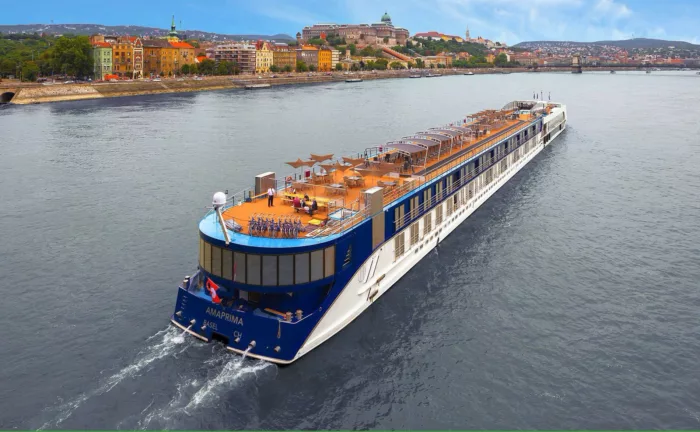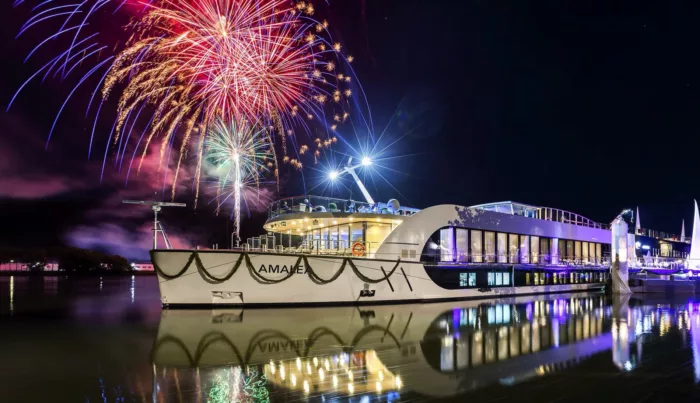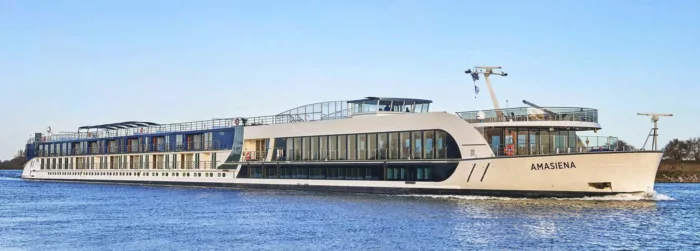Visiting:
Europe

AmaWaterways
Luxury cruise line, AmaWaterways, has a fleet of 23 custom-designed, five-star river ships which sail to destinations all over the world, across Europe, Asia, and Africa.
On board AmaWaterways, passengers can learn Thai Chi as they sail the Mekong river, or enjoy sunrise yoga on the serene waterways of Europe.
156
Passengers
50
Crew
2016
Launched
5000t
Tonnage
135m
Length
12.5m
Width
11kts
Speed
3
Decks
EUR
Currency
Cruise Itinerary
Days 1 - 2
Amsterdam, Netherlands
Day 2
Utrecht, Netherlands
Day 3
Hellevoetsluis, Netherlands
Day 4
Gent (Ghent), Belgium
Day 5
Brussel (Bruxelles), Belgium
Day 6
Antwerp, Belgium
Day 7
Dordrecht, Netherlands
Day 7
Kinderdijk, Netherlands

Days 1 - 2
Amsterdam, Netherlands

Day 2
Utrecht, Netherlands

Day 3
Hellevoetsluis, Netherlands

Day 4
Gent (Ghent), Belgium

Day 5
Brussel (Bruxelles), Belgium

Day 6
Antwerp, Belgium

Day 7
Dordrecht, Netherlands

Day 7
Kinderdijk, Netherlands
Ship Details


AmaWaterways
AmaStella
A star of the AmaWaterways fleet, the award-winning AmaStella truly shines, her glow lasting far longer than the duration of your cruise.
Cabins
All Prices





